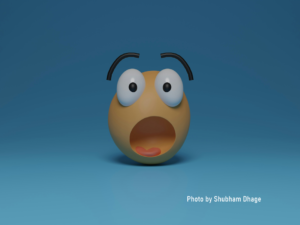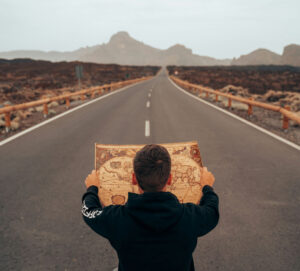I’m traveling today, so I invited the uber-talented Becca Puglisi to fill in for me. Don’t be shy in leaving her comments. I’ll join you tomorrow when I return from vacation. Enjoy!

I truly believe that excellent stories require excellent characters. And with so many books already out there—4 million published in the US in 2022 alone—we’ve got to be able to deliver compelling and realistic characters to set our stories apart. How do we do it? By focusing on the details. And one of the markers that can really boost individuality and memorability for a character is their particular talents or skills.
Every person has something they’re good at. Sometimes it’s a gift they’re born with that comes naturally; for others, it’s a carefully nurtured and honed ability. Many times, a character’s talent says something about who they are: it may tie into their belief system, meet a missing need, honor an influential person in their life, or reveal associated personality traits.
But despite the many talents and skills out there, we tend to see the same ones in books all the time. Now, if your story requires your character have a certain ability, that’s fine; sometimes, we don’t get to choose their special abilities. But if you’ve got more latitude, consider one of the following techniques for coming up with a skill that’s a little more original.
Go for Something Unusual
Sometimes it’s as easy as thinking beyond the obvious options. Instead of being a strong runner or artist, maybe your character could have a talent that’s a little less mainstream, like sleight of hand, lip-reading, or a knack for languages. Do you need them to be an athlete? Consider a sport readers haven’t seen a million times, like cricket, curling, water polo, or parkour. Your skilled forager could be urban rather than rural, fishing goodies out storm drains or dumpsters.
If you’re writing in a genre with fantastical elements, you can get really creative by giving your character an extrasensory ability or something that’s specific to your fantasy or paranormal world. Their skill will obviously have to work within the overall story and the world you’ve created, but you have more choices than you know, so don’t be afraid to branch out and try something new.
Encourage Your Character to Specialize
One way to come up with an unusual ability is to take a popular one and make it more specific. If your character is mechanically inclined, they may be particularly adept with machines from a certain region, time period, or industry. A marksman might specialize in one weapon, and maybe it’s not the typical rifle (Crossbow? Darts? Slingshot?). Your assassin may prefer to work with and have extensive knowledge of poisons. Breathe new life into a ho-hum strength by narrowing the focus.
Give a Common Talent a Twist
It’s not always necessary to reinvent the wheel; often, you can come up with something new by tweaking a popular talent. If musicality is your character’s thing, don’t make her a singer or piano player; maybe she really shines by writing music or crafting certain instruments. A character’s photographic memory may only be reliable for a few hours after events have happened. A person who blows off steam by knitting might use their talent to create blankets for preemies or hats for the homeless. In the latter case, the talent can also hint at personality traits (empathy, selflessness, generosity), hobbies, or other areas of passion.
We get more bang for the buck when our characterization and description elements do double duty, so if a character’s skill can also say something about who they are, that’s a bonus for readers.
Pair It with an Unexpected Personality Trait
Many skills are associated with certain traits because they often go together. For instance, people who are good with numbers are usually pretty analytical. But that doesn’t mean the two have to go together. A character with this ability could be highly creative or emotional, instead, and you’d end up with someone unexpected. Likewise, you could have a gifted public speaker who is painfully shy, stumbling their way through one-on-one conversations. This trick can be especially helpful when your story requires a common talent; get creative with your character’s traits, instead, and you can come up with something new that will pique readers’ interests.
In conclusion, an area of skill is a great way to individualize a character—but remember that it can’t be random. There are reasons people embrace and nurture certain talents. They come from somewhere: a natural aptitude, a shared passion with a loved one, the desire for approval or acceptance, etc. So a special ability shouldn’t be chosen at random. Always know the why behind it. Once you’ve ensured it ties naturally into their overall character profile, use these suggestions to take a character’s talent or skill to the next level.
 Becca Puglisi is an international speaker, writing coach, and bestselling author of The Emotion Thesaurus and other resources for writers. Her books have sold over 1 million copies and are available in multiple languages, are sourced by US universities, and are used by novelists, screenwriters, editors, and psychologists around the world.
Becca Puglisi is an international speaker, writing coach, and bestselling author of The Emotion Thesaurus and other resources for writers. Her books have sold over 1 million copies and are available in multiple languages, are sourced by US universities, and are used by novelists, screenwriters, editors, and psychologists around the world.
She is passionate about learning and sharing her knowledge with others through her Writers Helping Writers blog and via One Stop For Writers—a powerhouse online resource for authors that’s home to the Character Builder and Storyteller’s Roadmap tools.





 Villains are always useful in helping protagonists overcome their shortcomings and face down danger. An example of this was the film “Die Hard” where the protagonist John McClane (Bruce Willis) matches wits with the villainous deuteragonist Hans Gruber (Alan Rickman.)
Villains are always useful in helping protagonists overcome their shortcomings and face down danger. An example of this was the film “Die Hard” where the protagonist John McClane (Bruce Willis) matches wits with the villainous deuteragonist Hans Gruber (Alan Rickman.)

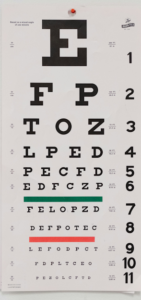


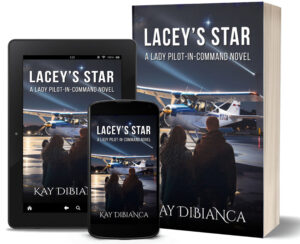

 Meanwhile, in other news, as an antidote to “hitting the wall”, I put together a bundle of the first 3 books in my Mapleton Mystery series: Deadly Secrets, Deadly Bones, and Deadly Puzzles. It went on sale Monday. You can
Meanwhile, in other news, as an antidote to “hitting the wall”, I put together a bundle of the first 3 books in my Mapleton Mystery series: Deadly Secrets, Deadly Bones, and Deadly Puzzles. It went on sale Monday. You can 

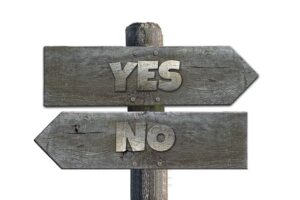 The other day, I stumbled across writing advice that was only half-true. The advice said to never use yes or no questions in dialogue. The writer made a valid point that yes/no questions stop the action. True. But that’s only half right.
The other day, I stumbled across writing advice that was only half-true. The advice said to never use yes or no questions in dialogue. The writer made a valid point that yes/no questions stop the action. True. But that’s only half right.
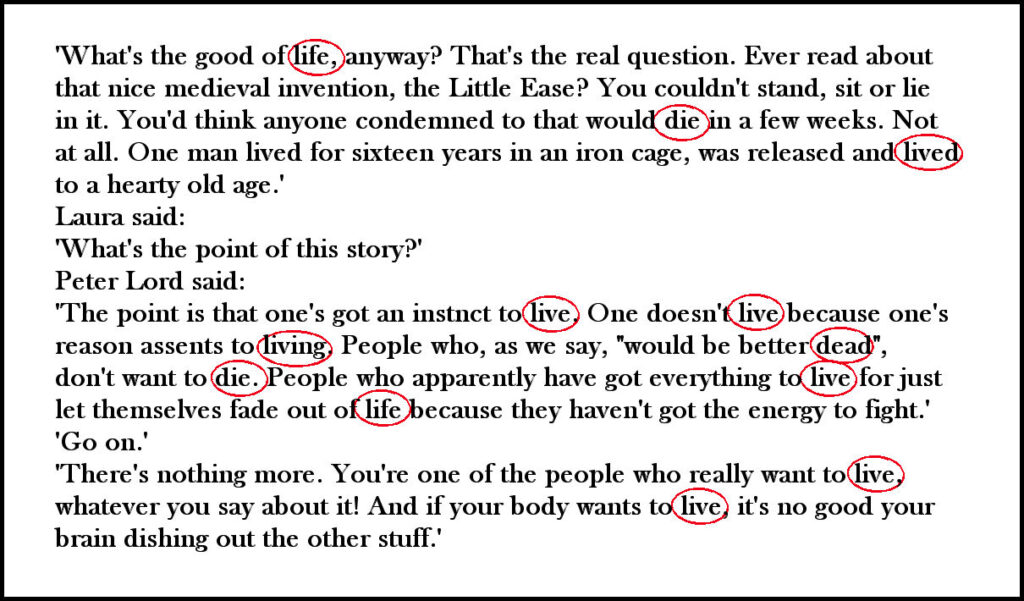
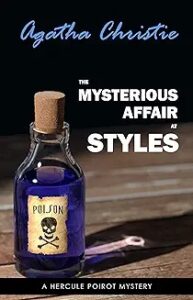 Dr. Danielsson plotted information about these aspects on a three-dimensional graph and plotted the same criteria from Arthur Conan Doyle’s works on the same graph. Christie’s books exhibited a consistency shown visually by her plotted points being clustered together while the points of Doyle’s stories were spread farther apart indicating his works were more dissimilar when compared to each other. This indicated that Doyle’s style had changed through the years while Christie’s had remained remarkably consistent.
Dr. Danielsson plotted information about these aspects on a three-dimensional graph and plotted the same criteria from Arthur Conan Doyle’s works on the same graph. Christie’s books exhibited a consistency shown visually by her plotted points being clustered together while the points of Doyle’s stories were spread farther apart indicating his works were more dissimilar when compared to each other. This indicated that Doyle’s style had changed through the years while Christie’s had remained remarkably consistent.
 While some famous characters appear in multiple books and are popular with the reading public (e.g., Hercule Poirot, Miss Marple, Captain Hastings), the number of characters in each novel may be just as important. This prompted an interesting theory by David Shephard, Master trainer in Neuro-Linguistic Programming.
While some famous characters appear in multiple books and are popular with the reading public (e.g., Hercule Poirot, Miss Marple, Captain Hastings), the number of characters in each novel may be just as important. This prompted an interesting theory by David Shephard, Master trainer in Neuro-Linguistic Programming.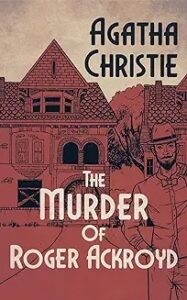
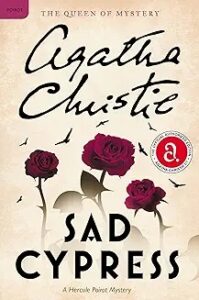 Although I found a site with the
Although I found a site with the 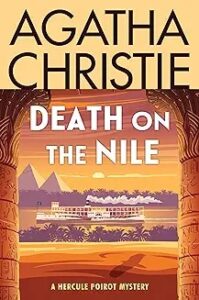
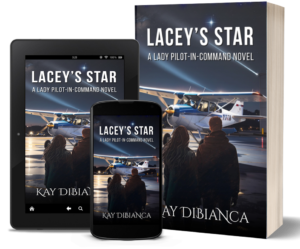 “Very few of us are what we seem.” –Agatha Christie
“Very few of us are what we seem.” –Agatha Christie